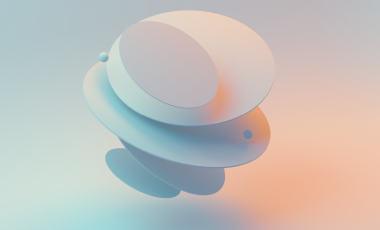[Drupal] What are the test cases to be considered while testing Content types in a Drupal website?
If you are a web tester new to a Drupal website and you got a Drupal website for testing, then you can take your baby steps in testing with the basic content types of the site - such as pages, story as almost all sites have at least one content of this type. Read on to know the details about some of the content types in a Drupal website and its test cases.
Page: A page is a Drupal content type which allows you to create static pages where the required information will be displayed.
Story: Similar to pages, Story is another content type which allows to create contents which in turn increases the number of site visitors.
While testing this content type please keep in mind that the visibility of comment section, user permission and the content types that the system supports may vary according to the project.
Cases to be considered while testing content types as admin.
- Ensure that user is able to add a static page.
Steps to add page: Click ---> Content Management --> Create Content---> Page - Ensure that user is able to add a story.
Steps to add Story: Click ---> Content Management --> Create Content---> Story - Ensure that admin is able to view, edit and delete the content types.
- Ensure that unpublished pages/stories are not displayed on the site.
Cases to be considered while checking as anonymous user.
- Ensure that anonymous users do not have the permission to create content.
- Ensure that there is no design issue in the page or story.
- Ensure that the content is compatible in all browsers.
- Ensure that the published pages / stories are displayed for all users.
Cases to be considered while testing Comment section
- Ensure that admin/anonymous user is able to add comment in the story. By default, a story entry is automatically featured on the site's initial home page, and provides the ability to post comments.
- Ensure that admin/anonymous user is able to add comment in the page.
- Ensure that admin is able to publish/unpublish the comments.
- Ensure that admin is able to view, edit and delete the comments.
- Ensure that published comments are displayed for all users.
- Ensure that unpublished comments are not displayed on the site.
This article describes only two basic Drupal content types. Additionally the Story content type was supported till Drupal 6. The Content type - Article will be replace Story in Drupal 7.



